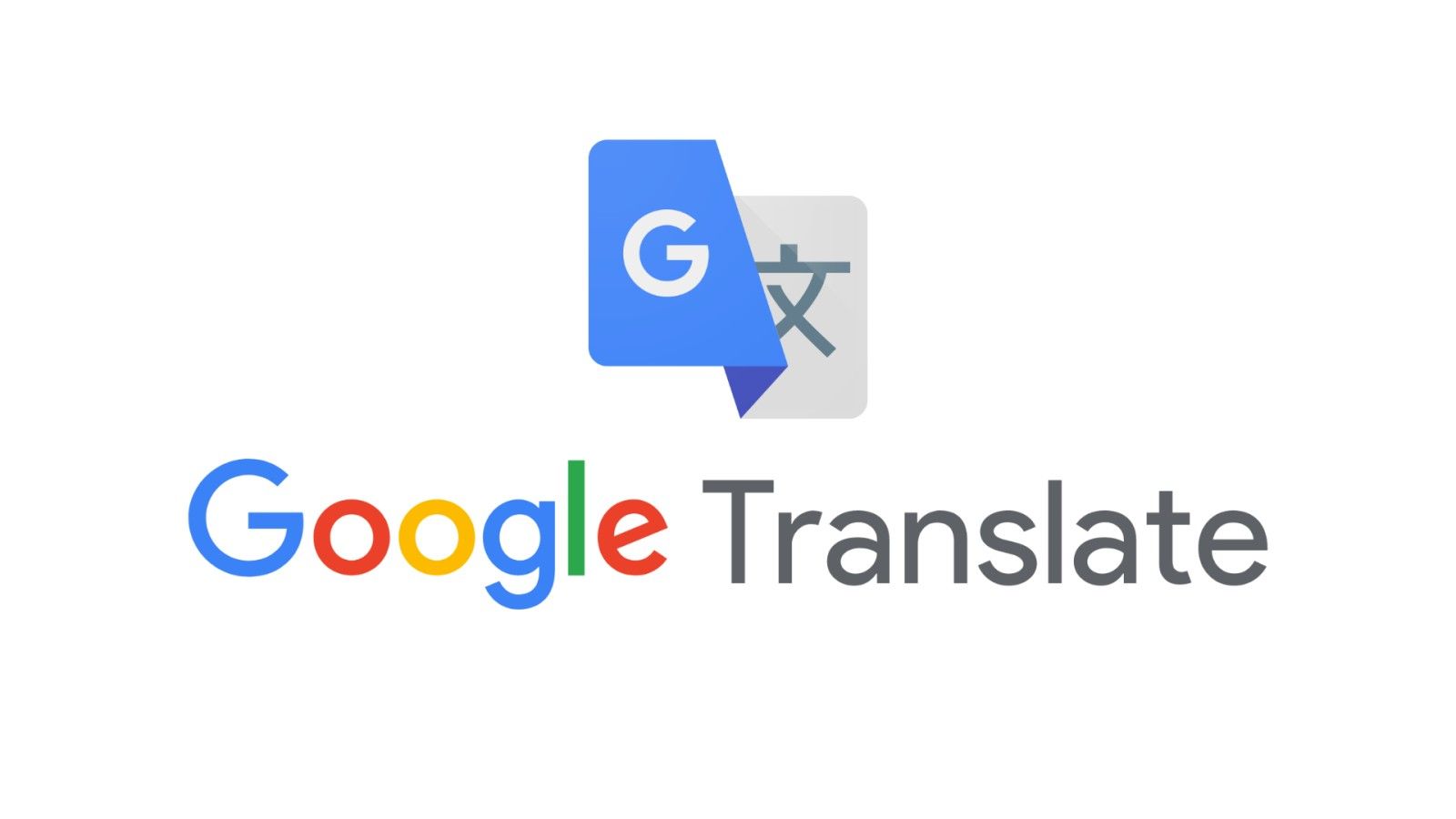The world has changed a lot in the past 10 years alone, and it’s becoming ever more diverse. Gender pronouns took off in recent years, and most social media platforms started offering another way for users to identify themselves. Google Translate also improved, and become a lot better over the years, and it increasingly got better at identifying gender-specific content and translating that onto the selected languages. It appears that Google managed to solve the problem, and the new algorithm does wonders, as it now shows feminine and masculine gender-specific translation for certain queries.
Google announced the gender-specific translation feature three years ago for the web, and it only just became available on iOS. Upon checking the Android version on my smartphone, it still doesn’t appear to be live, but it could just be a server-side update, which could be available in the coming weeks and months. Our friends over at XDA-Developers provided a screenshot of the feature in action. When you translate a sentence to English, the results will display two gender-specific translations. We’ve also attached our screenshot using Hungarian and translating the same query to English on the web.
The feature currently supports Turkish, Finnish, Persian, Spanish, and Hungarian languages. Google mentioned that the Google Translate algorithm would default to either a masculine or feminine result, which would be heavily dependent on the context.
“Google Translate learns from hundreds of millions of already-translated examples from the web. Historically, it has provided only one translation for a query, even if the translation could have either a feminine or masculine form. So when the model produced one translation, it inadvertently replicated gender biases that already existed. For example: it would skew masculine for words like “strong” or “doctor,” and feminine for other words, like “nurse” or “beautiful.”
How often do you use Google Translate? Let us know in the comments!

